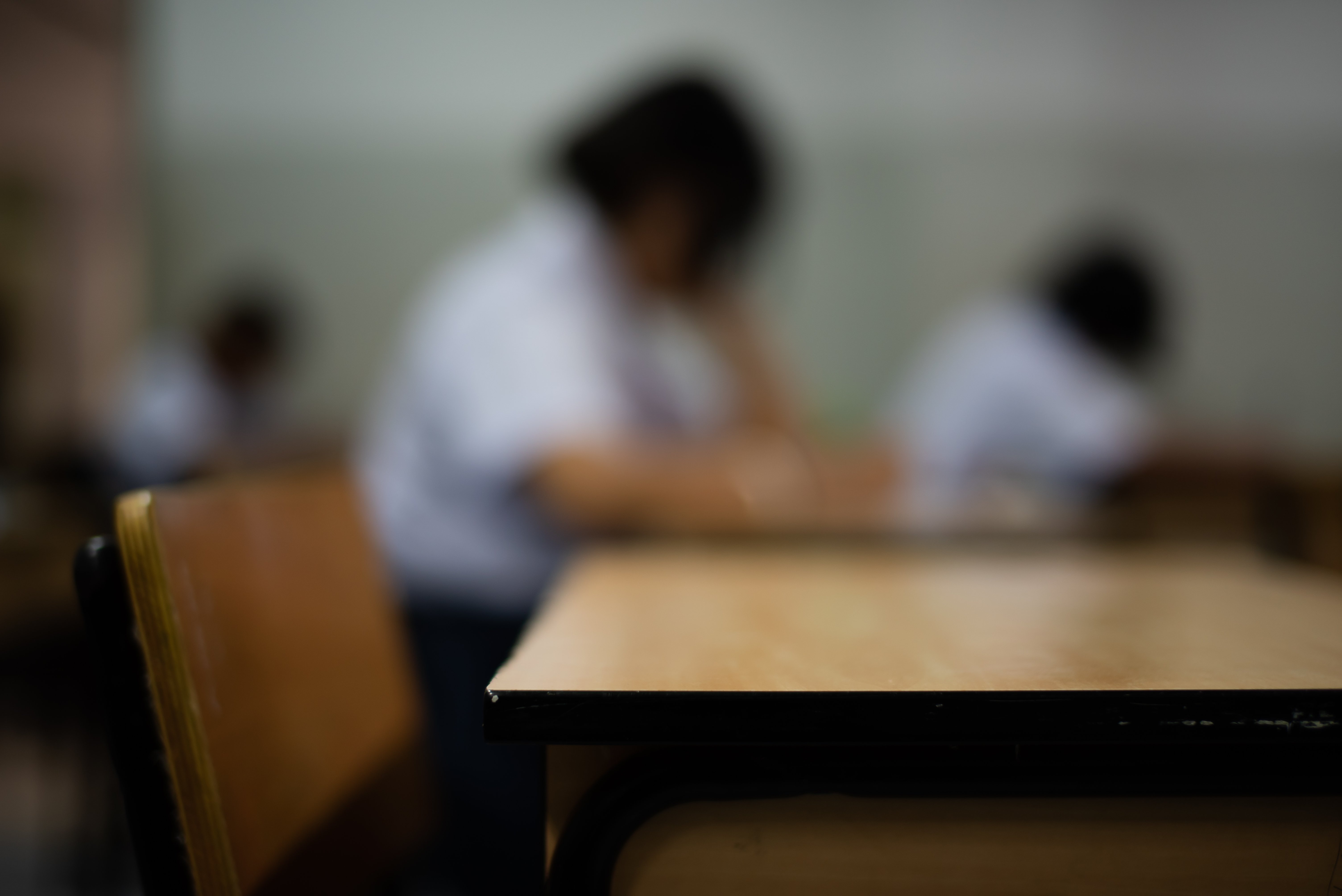What students have experienced learning loss during COVID-19, and how can we address it?
Written by HopSkipDrive
The pandemic shut down schools and sent students home, but it wasn’t the same experience as summer break. Students still needed to complete classes, pass tests, and move on in their academic careers. But that was much more difficult without in-person school resources and schedules. Teachers and school leaders should reflect on past learning loss during COVID-19 to address problems created by the pandemic and make school a better place for everyone again.
Some students were affected more by the pandemic than others, depending on their socioeconomic status and home life. As educators strive to fix learning loss discrepancies, they can also use the following strategies to minimize learning loss if lockdowns happen again during future outbreaks.
Kids with learning differences or disabilities need time
Students used to experience learning loss only during their summer breaks because they would go for months without classroom lessons refreshing their memories. During the pandemic, coronavirus learning loss became the most significant educational challenge for students and instructors.
Kids with disabilities faced unique problems with distance learning. The severity of these problems depended on their diagnoses, like if they could focus on video chat lectures or learn from a screen without sensory learning activities. Their standard in-person tutoring also may not have been as effective if children struggled to engage with their tutors over the computer.
Educators should consult each student to determine whether they need remediation or acceleration based on how much material they kept up with during isolation. They should also consider creating time for these students to incorporate other weekly appointments they may have missed, like movement or speech therapists. Recording or pre-recording classes and allowing students to re-watch lessons as many times as needed can also help improve their active recall ability and allow them to learn at their own pace.
Allowing for more flexibility with a student’s academic schedule and class materials will help educators address learning loss during the pandemic.
Children in foster care and children experiencing homelessness require help
Most students could go home and quarantine with their families, but that wasn’t possible for everyone. Children experiencing homelessness and teens in foster care may have gone back to shelters or moved from house to house, struggling to obtain consistent access to laptops and Wi-Fi.
These students may fall behind after returning to in-person learning because they couldn’t attend online courses. Not because they can’t handle the material. Instructors who want to know how to reverse pandemic learning loss can sit down with their students and ask them about their most significant challenge. A bit of assistance with online learning and coordinating with other adults could fix these problems.
While teachers can’t provide homes to every student who needs one, school systems can provide laptops or tablets so every student can do online work or classes. The school library could open earlier or close later to provide a haven for studying, sleeping, or finishing homework.
Educators can also reach outside of their school community. Connect with the local public library branches to set up room reservations for students to use as study centers. Libraries also have free computers for anyone to use, providing students experiencing homelessness reliable internet access.
Starting a carpool group with parents who can pitch in rides to post-pandemic tutoring sessions or library study groups is another way educators can figure out how to minimize COVID-19 learning loss in the future. Creating a network of support addresses student challenges and prevents things like lack of access to Wi-Fi or a safe place to study from becoming systemic problems again.
Students of color face disparities
Coronavirus learning loss affected students of color disproportionately compared to white students. Schools within nonwhite communities already received $23 billion less in funding before the pandemic, so they had fewer resources to help students switch to at-home learning when schools shut down. While other school systems could transform buses into mobile hotspots or deliver free lunch every day, systems like Title I schools didn’t have the funding to do the same thing.
Teachers and education professionals should also remember the consequences of mental health disparities when researching how to minimize COVID-19 learning loss. Studies show that Black and Latinx communities lack access to mental health care compared to the white population. Nonwhite students may have struggled with depression and anxiety alone during the pandemic because they didn’t have a local therapist near their home or access to professionals with affordable rates.
Mental health struggles create a lack of motivation and self-confidence. Systemic issues make survival more of a priority as well, like worrying about where their next meal is coming from rather than having the peace of mind and nutrition to focus on school.
Educators can address these learning loss issues by advocating for changes in funding and taking a survey of their classes. If their students indicate that finding food, Wi-Fi, or mental health care was their primary concern that caused learning loss, education professionals can use those results to identify the most effective solutions.
Students can also use virtual support services as educators learn how to reverse pandemic learning loss. If schools can provide safe places to socially distance and use the internet, students can connect with virtual education nonprofits more adept at handling racial and economic disparities.
Establishing relationships with nonprofit tutors, instructors, and therapists gives students independent access to tools and resources that make at-home learning easier during future shutdowns.
Address learning loss during COVID-19
Learning loss during the pandemic hit students hard, especially if they didn’t come from middle-class white families. Students of color, kids with disabilities, and those who are homeless or in the foster care system may have fallen behind academically because of unique challenges they can’t address on their own.
These are a few strategies to minimize learning loss that teachers and education professionals can use within their school systems. Meet with students to pinpoint their specific challenges, address what caused the learning loss, and ensure it doesn’t happen again if or when quarantine closes schools in the distant future.
About the Author

Ginger Abbot is an education and lifestyle writer with a passion for learning. Read more of her work on Classrooms.com, where she serves as Editor when she’s not freelancing.



